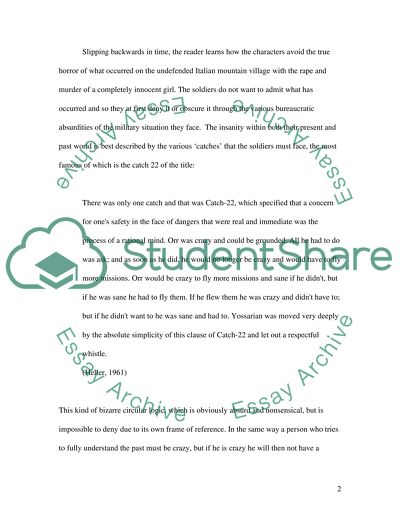Cite this document
(Modern Critical Interpretations of Catch 22 Essay, n.d.)
Modern Critical Interpretations of Catch 22 Essay. Retrieved from https://studentshare.org/literature/1522652-literature-bachelor-essay
Modern Critical Interpretations of Catch 22 Essay. Retrieved from https://studentshare.org/literature/1522652-literature-bachelor-essay
(Modern Critical Interpretations of Catch 22 Essay)
Modern Critical Interpretations of Catch 22 Essay. https://studentshare.org/literature/1522652-literature-bachelor-essay.
Modern Critical Interpretations of Catch 22 Essay. https://studentshare.org/literature/1522652-literature-bachelor-essay.
“Modern Critical Interpretations of Catch 22 Essay”, n.d. https://studentshare.org/literature/1522652-literature-bachelor-essay.


